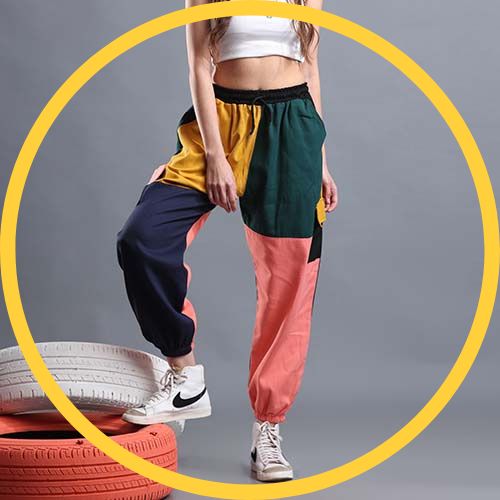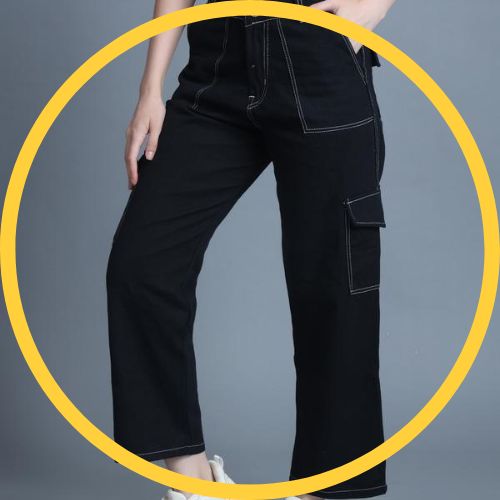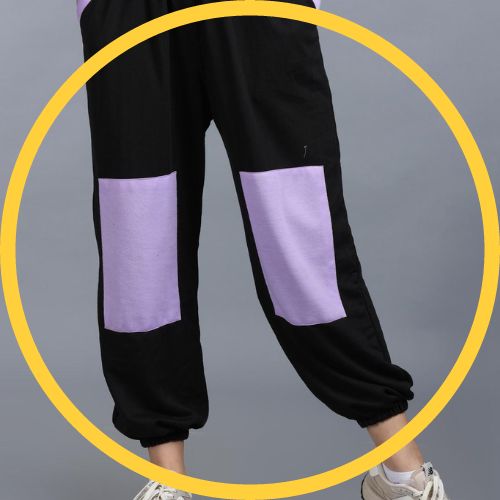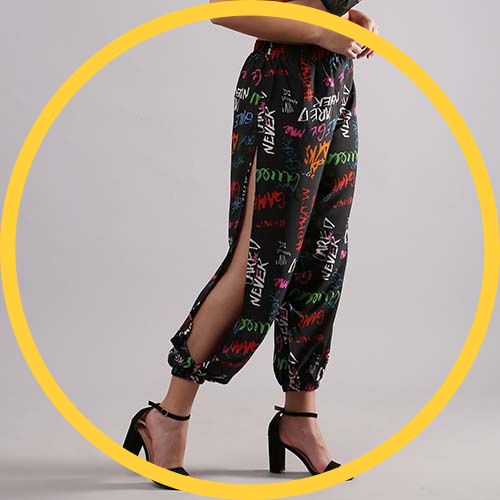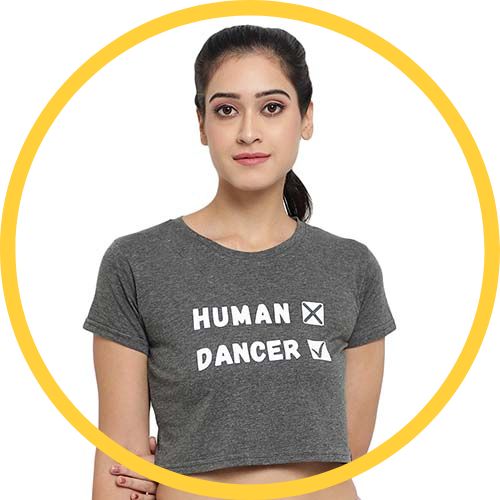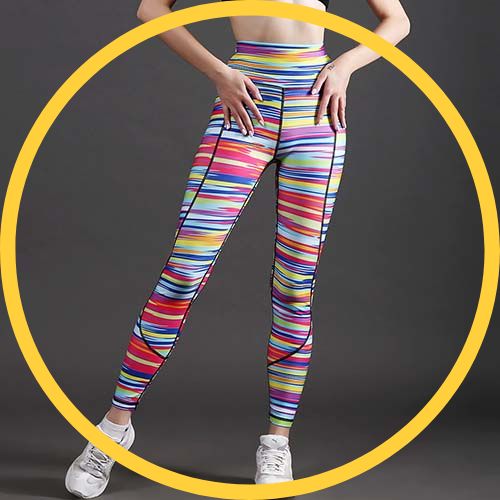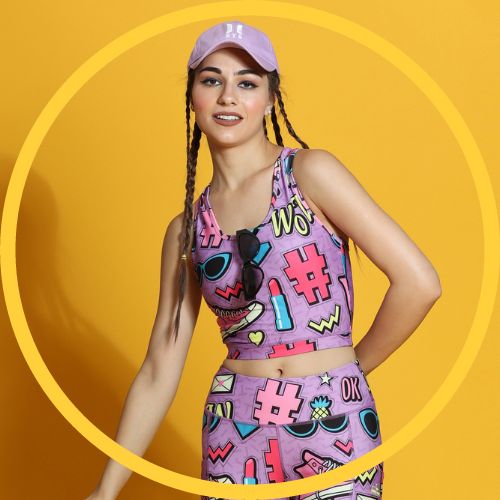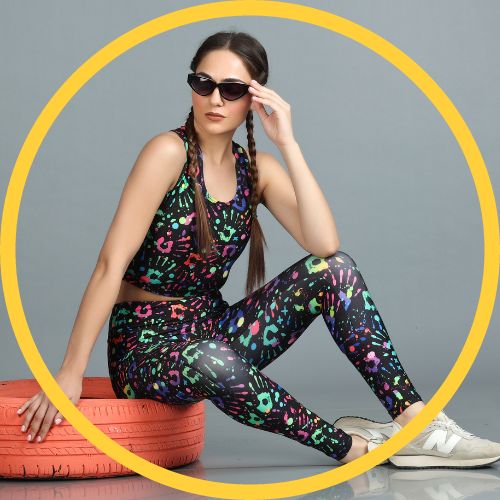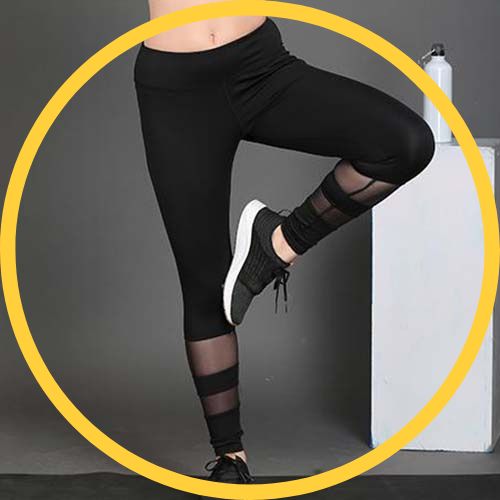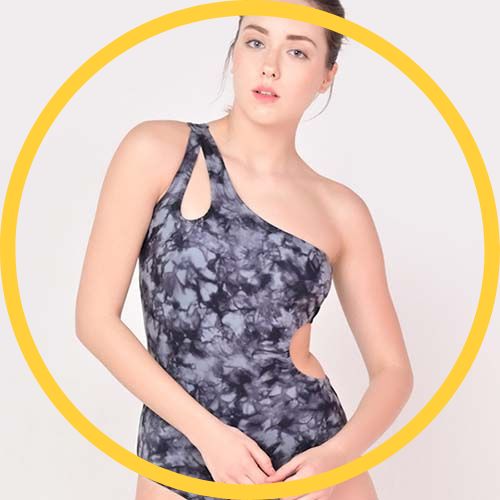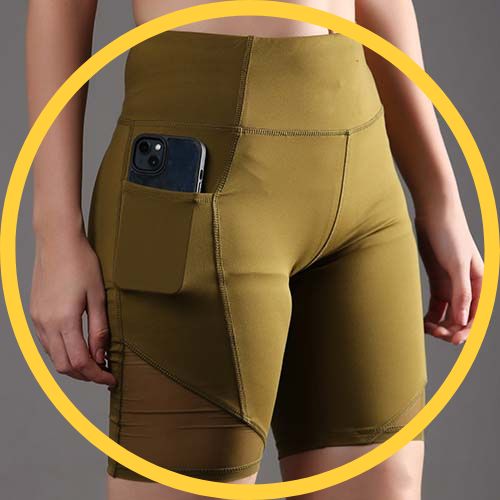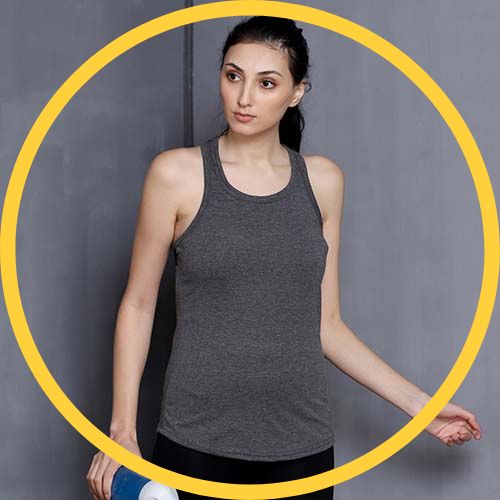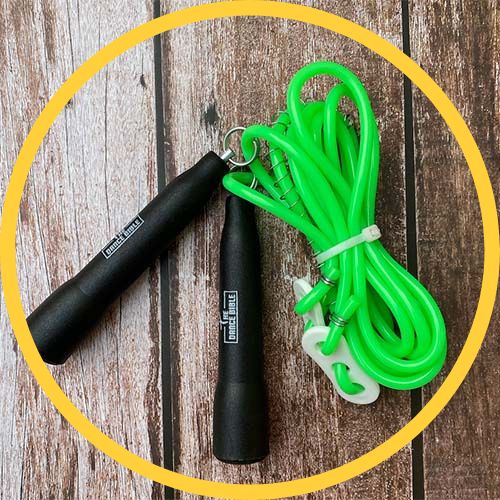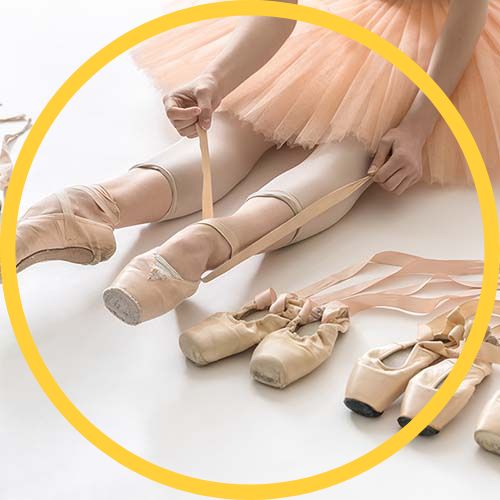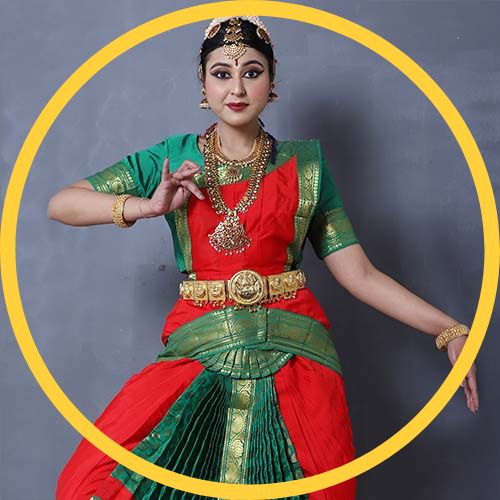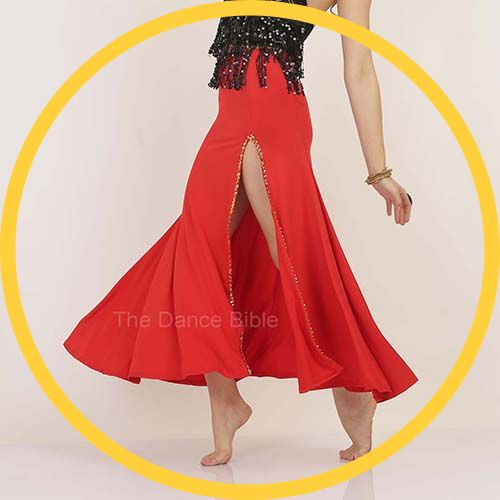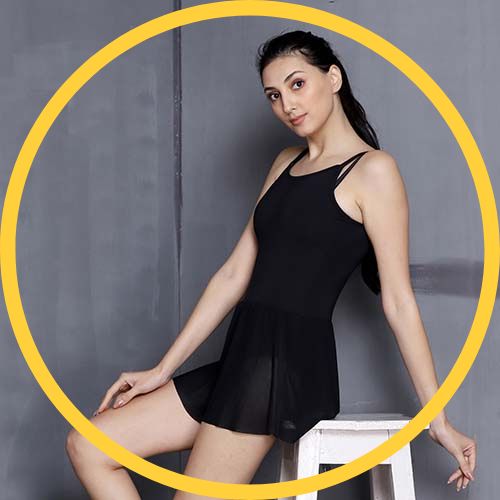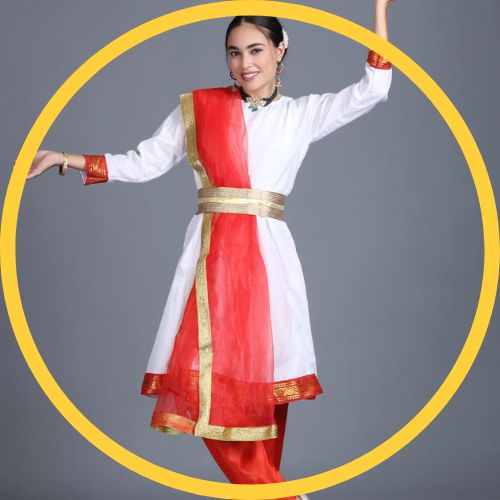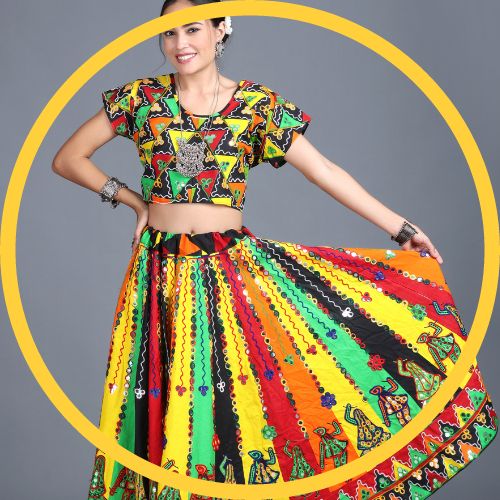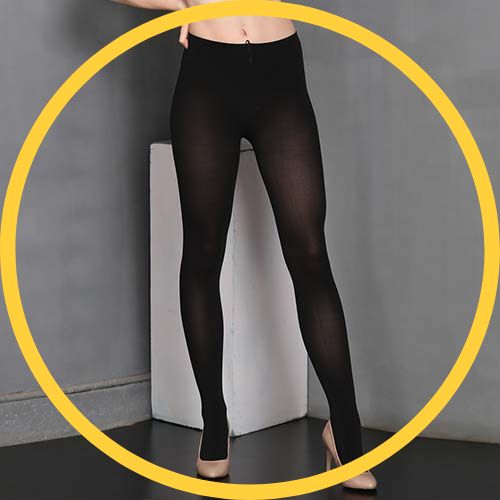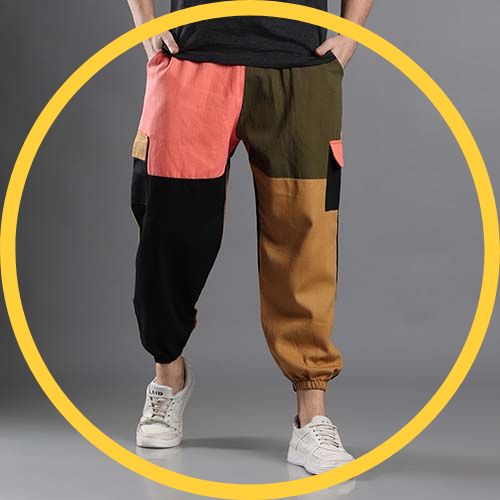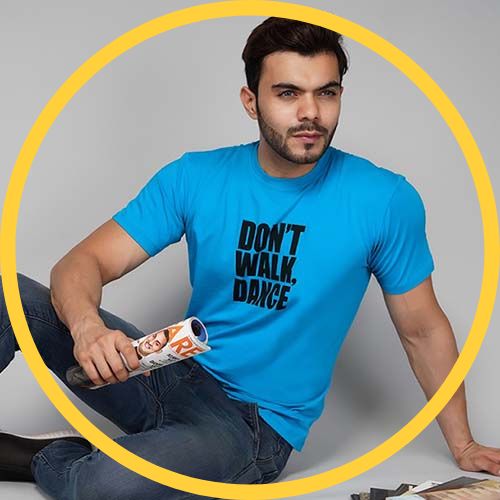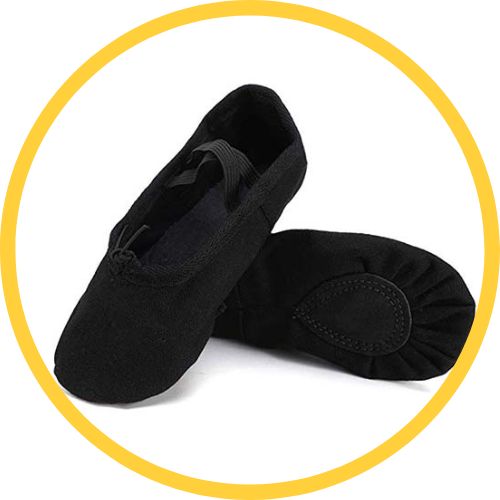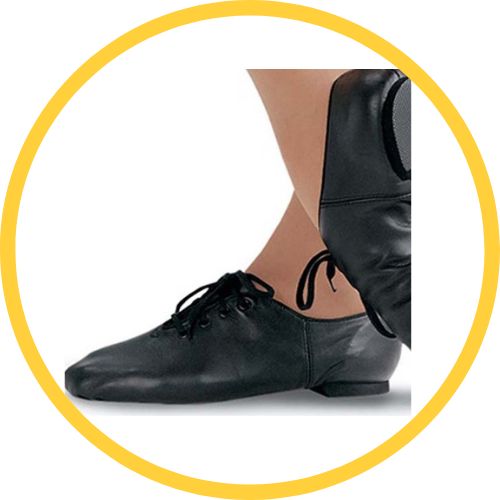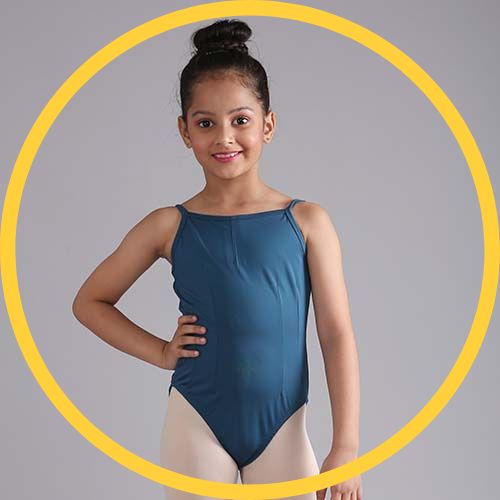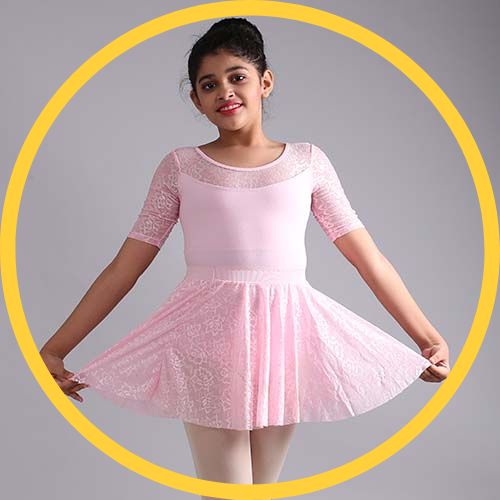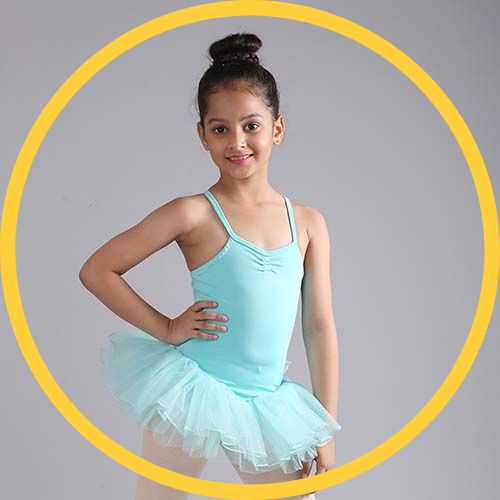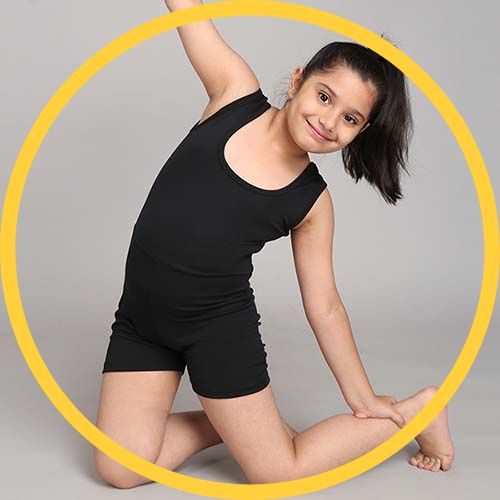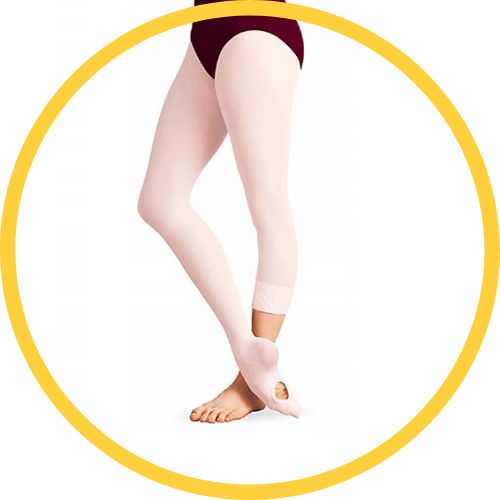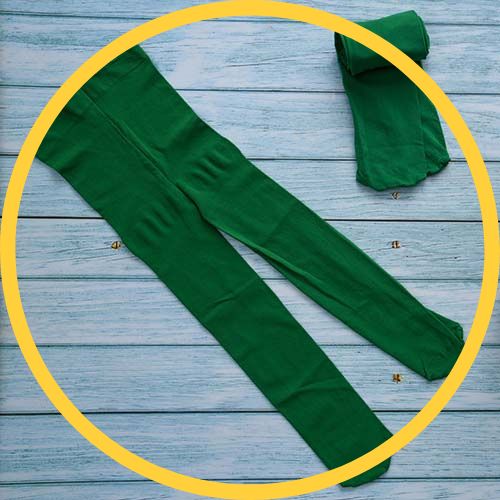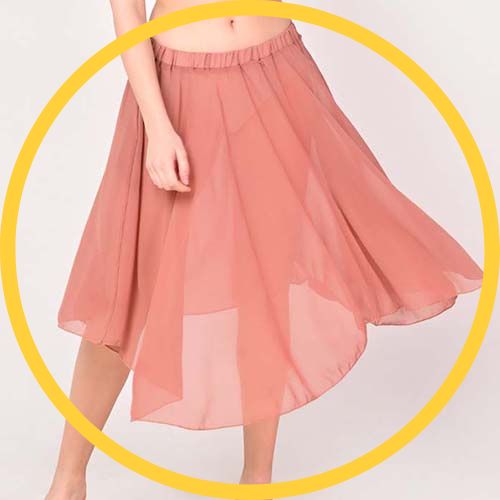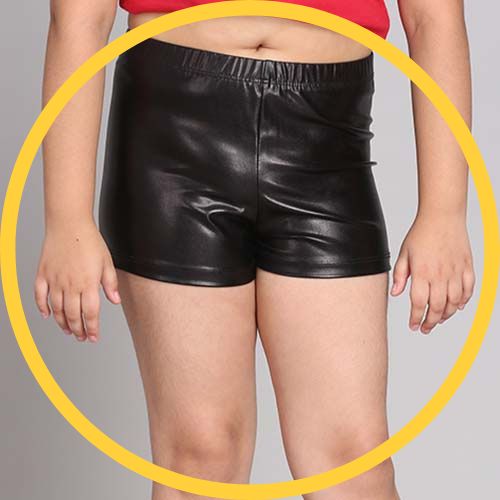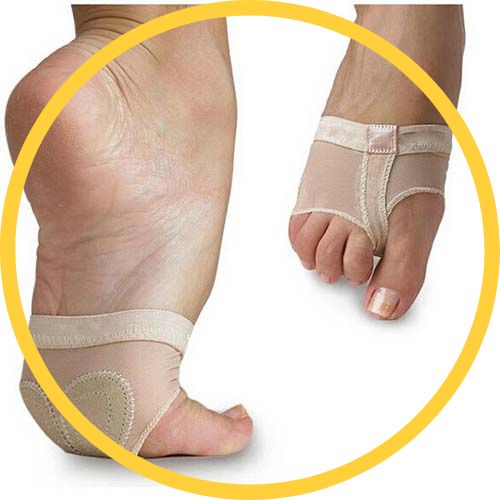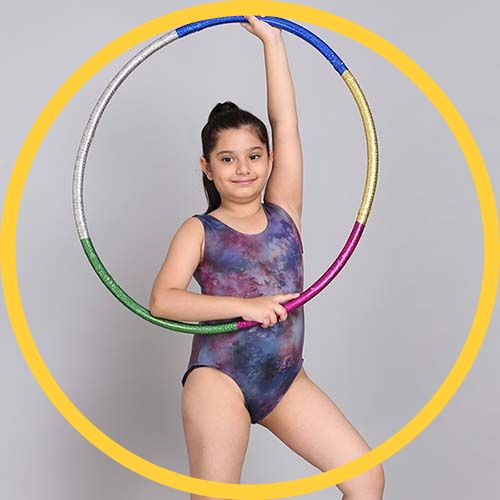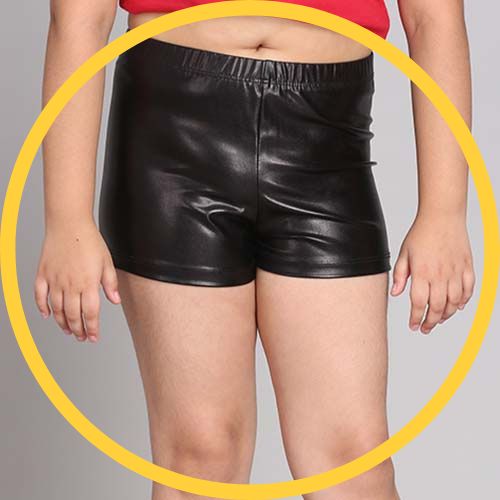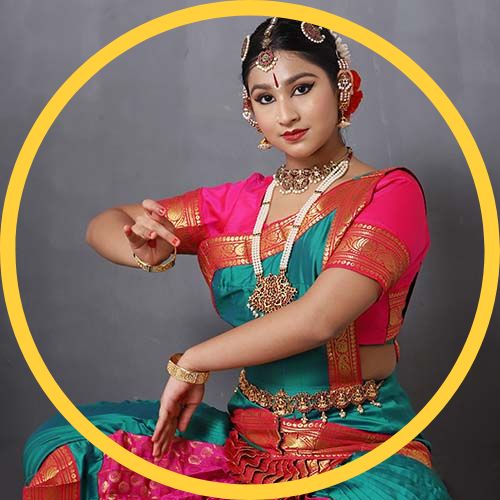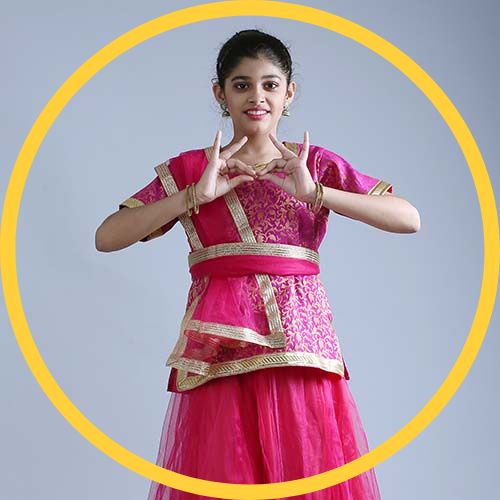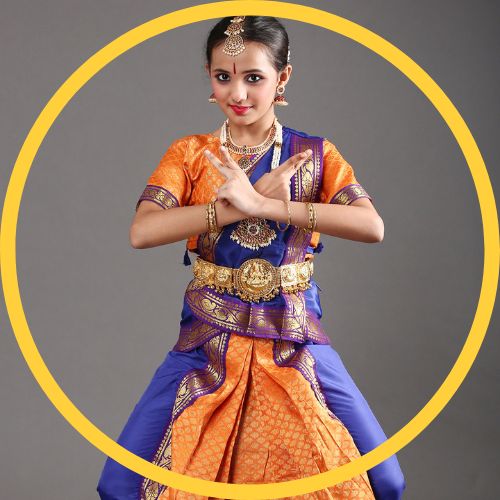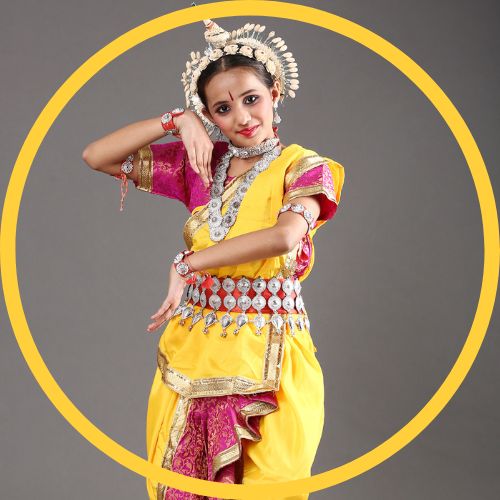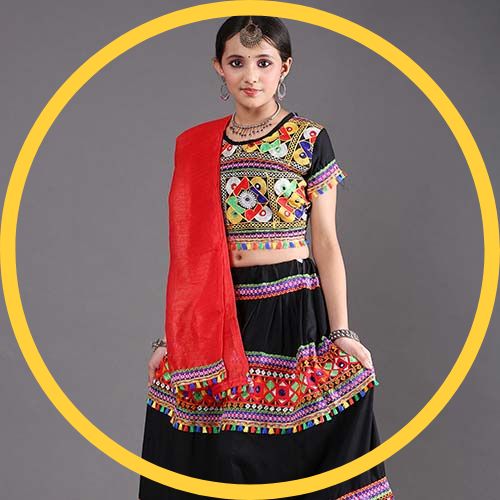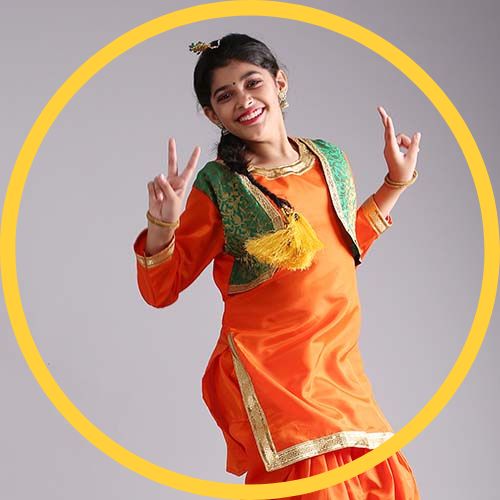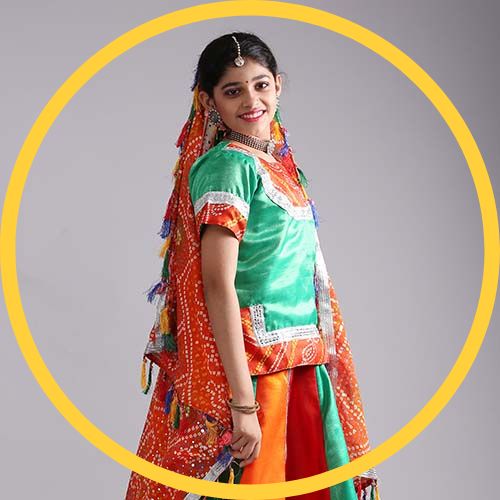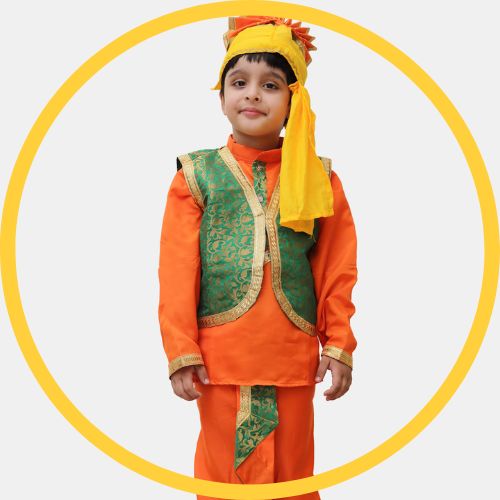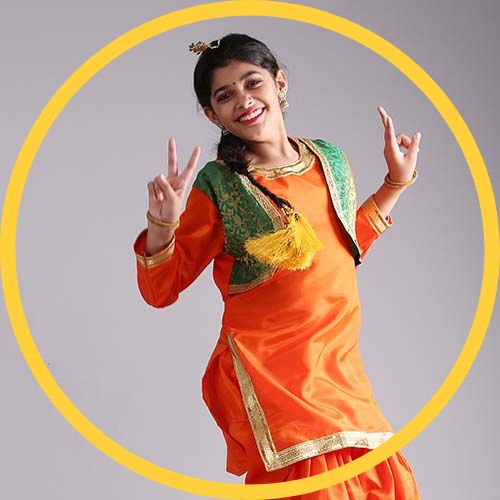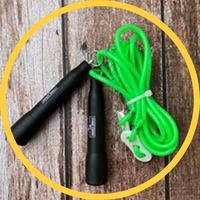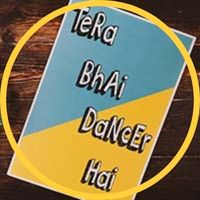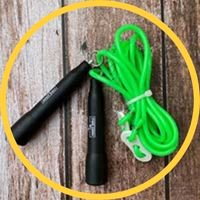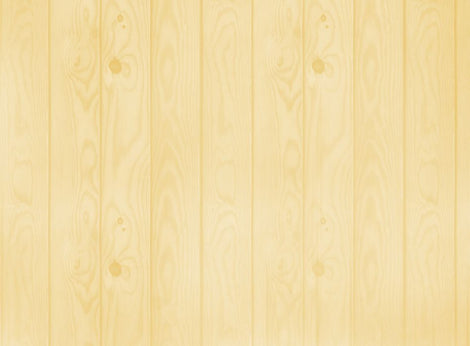What are the Essentials in Bharatanatyam Costume - Dress, Make-up and Ornaments

Bharatanatyam dance is an Indian classical dance form that originated in peninsular India (Tamil Nadu). If we dive into the history of Bharatanatyam, it has been around since the 14th century. It follows the rules of the Natya Shastra, which is an ancient Indian treatise on the performing arts, encompassing theater, dance and music, written between 200 BC and 200 AD. Also called as ‘Sadir’, it was conventionally performed by Devadasis (girls offered to God in the temple) in Hindu Temples of South India. Thus, also known as ‘Dasiattam’.
The dance is characterized by its graceful and fluid movements, as well as the colorful and ornate costumes worn by the dancers. The dazzling costumes are made from the famous Kanchipuram silk saris woven in the region, especially in Tamil Nadu. The costumes are crafted from these elaborately woven saris, and are stitched in several alluring styles.
The Costume and jewelry of this art form has undergone several changes over the years. From the time of Sadir Attam, the saree was the basic costume that the devadasis wore when they performed. The saree they wore was in the form of a pyjama and the saree’s pallu formed the fan (visri), which is an integral part of the costume even today.
Today, Bharatantyam as a dance form is more structured and disciplined. This is reflected in its costume as well as jewelry.
What Should I Wear For Bharatanatyam Dance? Is a common question for any new student.
There are two commonly used styles in Bharatanatyam Costumes for women: the Skirt (Saree) Style or the Pyjama Style. Dancers wear costumes made of silk sarees with gold zari embroidery designs. The pleats in these costumes opens beautifully when the dancer forms a particular posture especially arai mandi (half sitting) and muzhu mandi (full sitting).
The Dance Bible sells Bharatanatyam costumes and practice sarees. We have written in details on how to wear a bharatanatyam dress in our product description here.
Let’s have a look at 6 must-haves of a bharatanatyam costume.
1. Traditional Costume
The Bharatanatyam dress worn by Bharatanatyam dancers is traditionally adorned with robes consisting of elaborate tailor-made saris. The front of the sari is embellished with a specially pleated fabric that will open in a fan-like pattern when the dancer bends her knees or displays her more intricate footwork.
The Dance Bible Bharatanatyam dress comprises 6 pieces: Blouse (upper part), Pyjama (lower part), Small fan (waist), Pallu/Dhavani (drape over bosom), Long Fan, Back piece (hip cover/kamar-band). The costume is pre-stitched and ready to wear. All articles have hooks and/or strings to fasten.
2. Ornaments
Ornaments in any classical dance form plays an important role. Bharatanatyam dancers wear a unique set of jewelry, called ‘Temple Jewellery’. These consist of twelve pieces - Jumka (earring with upward extension), Oddiyanam (waist band), Nathni (nose ring), Long Mala (long necklace) Short Mala (choker), 2 Vaanki (arm bands), Chudiya (colored bangles to match your dress), Ghungroo (musical anklet with metallic bells), Mattal (forehead), Chandra (moon shaped hair ornament), and Surya (sun shaped hair ornament).
3. Eye liner and kajal
As facial expressions play a vital role in bharatanatyam dance style, it is necessary to put eye liner and kajal as it helps in enhancing your facial expressions and makes it appear more graceful. Due to the highly expressive nature of the eyes during the dance, it is critical to carefully highlight them.
4. Hair accessories
A bharatanatyam dancer’s hair is also tied in a unique way emphasized by a braided ponytail and gajra flowers. Essentials for hair are: Kunjalam (Three cotton pom pom's to tie at the end of a braid), 2 Rubber Bands Hair Extension (to tie a long plait with), Real or fake Gajra (string of flowers, usually white)
5. Alta
Alta is a red colored liquid that the dancers use to decorate their hands and feet to make their mudras look more pleasing, clear and attractive to the audience.
6. Ghungroo
Ghungroo, which are anklets worn by dancers in India to improve the volume of the foot’s rhythmical sound, are frequently used to reinforce the foot’s rhythm. The ankle bells are an essential item in the Bharatanatyam dance. The dancer makes the right rhythmic footwork in response to the ‘Tala’ sounds. The beginners wear 2-row bells, the intermediate dancers wear three rows, and talented dancers wear five rows bells.
Buy kids bharatanatyam dresses in various colors on The Dance Bible. You can also purchase women bharatanatyam costumes and practice sarees for your Alarippu, Jathiswaram, Shabdam, Varnam, Padam and Tillana performances.
